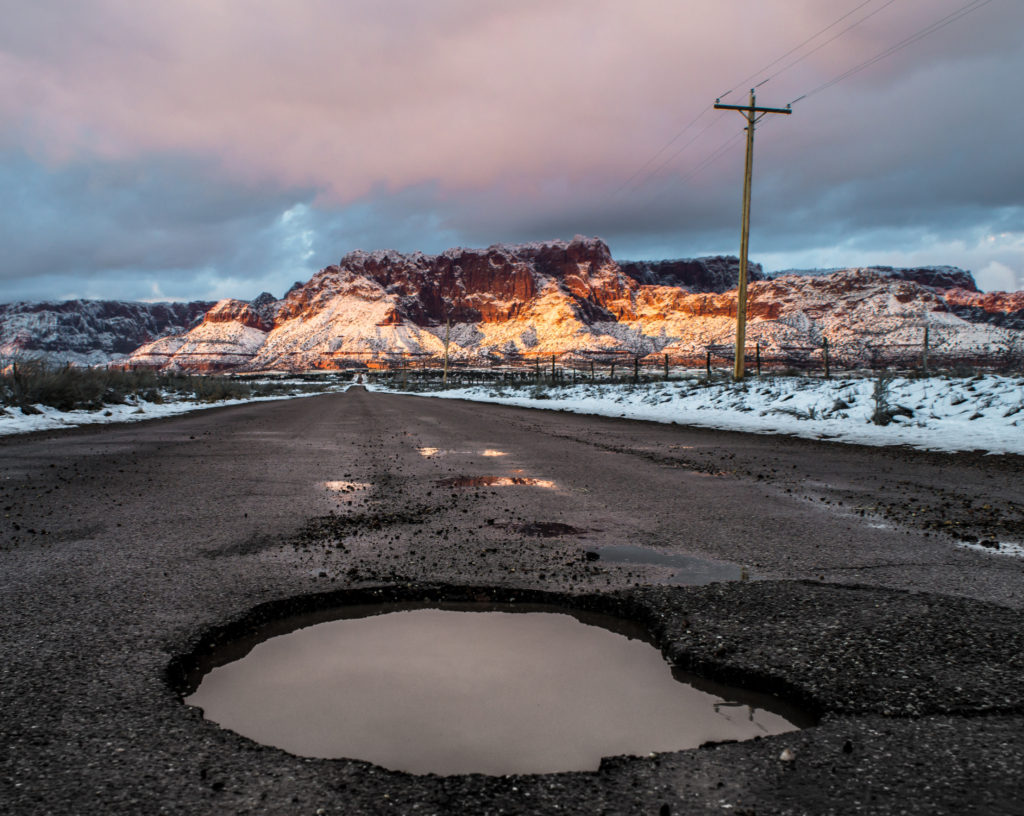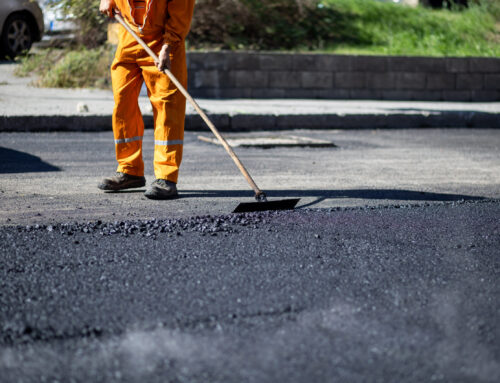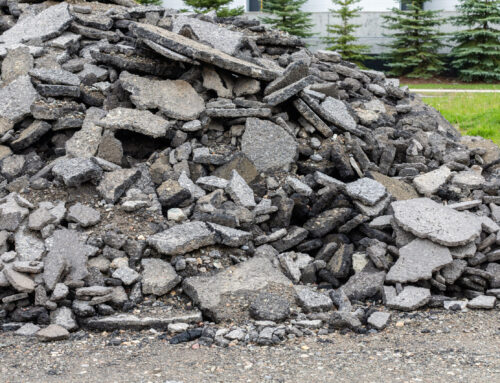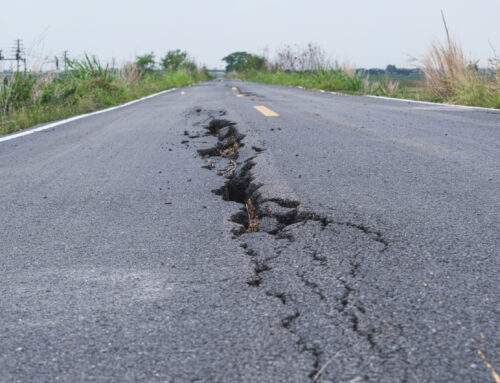Welcome back to another entry here at the Sunrise Asphalt blog. We sure hope your holidays are going great! For now, we are back on our asphalt maintenance and paving focus, so sit back, grab a cup of hot cocoa and enjoy these tips on how to best do asphalt maintenance to survive the winter chill! Remember, with proper maintenance and care, a good stretch of asphalt can last years!
While we here in Tucson won’t have to worry much about possible snowfall, we know our readers can be from anywhere in the world and Sunrise Asphalt is committed to providing not just stellar asphalt surfaces and repairs to our local community, but to provide our expertise to any who seek it out.
Snow isn’t the only threat to asphalt during the winter. The extremely low temperatures that can creep up and keep us bundled up indoors can also effect pavement. The low temps can cause the asphalt to crack or contract. If you’re in the Midwest and concerned, your professionals should have used a hot-mix asphalt which is made to withstand those freeze-thaw cycles that do a number on asphalt surfaces.
So, if your asphalt is already paved, the mix can’t be changed now, all that’s left is for you to practice proper asphalt maintenance. That includes: filling in cracks, repair potholes, sealcoating, clear debris and pooling water
Asphalt Maintenance to Survive the Winter
Start by Clearing Debris
Before any snow falls, you want to start your asphalt maintenance strong. Clearing away any debris, or getting the asphalt cleaned by professionals will be benefit you twofold. For one, the debris will no longer be there to freeze and damage the asphalt, they won’t be in the way for vehicles or snowplows. Secondly, and perhaps even more importantly, with freshly cleaned asphalt you will have a better look at what you are working with. Any cracks, potholes, or other issues will be revealed. Now you know what more needs to be done!
If you have any standing water that’ll need to get cleaned up and rectified. To do so will require professional help, either adding a bit of pavement to create a more level surface (and thus preventing water from pooling) or the installation of a drain system of some sort. Regardless, water like that is the kryptonite to your asphalt.
Fill in Cracks
This isn’t just a winter thing, this is a year-round bit of maintenance but getting it done before the temperatures start dipping below freezing is critical. Cracks are weaknesses, critical entry points for water and moisture to work its way in. If you are in an area that has particularly wet winters, or solid snowfall, you will want to take this step extra seriously as all that moisture will quickly get its way through into the base of the asphalt. When the temperature drops below freezing the water that’s in the pavement will then expand and break down the stability of the surface.
Sealcoating
We talked about this before in regards to sealing in the winter, so at this point it may be too late to take this step. That said, an annual sealcoating can really help extend the lifespan of your asphalt and keep it look great. If you’ve filled in the cracks or repaired the potholes, sealcoating over it to further strengthen the new roadway is a must.
Regulate Traffic
If you are able to, regulate the loads that will traverse or park on the asphalt surface. If you have a pothole that you can’t quite get fixed yet then you will want to make sure you aren’t accidentally making it worse! Mark off the damaged section, let friends and family know not to drive their bigger vehicles on the driveway, whatever it is you need to do to maintain.
We hope this advice has been helpful to you! We still have a few more months of winter after all, so if you’re worried about your asphalt maintenance, best get to it! Happy Holidays from all of us here at Sunrise Asphalt and we’ll see you next year! If you need some professional help for your asphalt maintenance sooner, or just an entirely new stretch give us a ring and we’ll be happy to help! See you in 2019!





